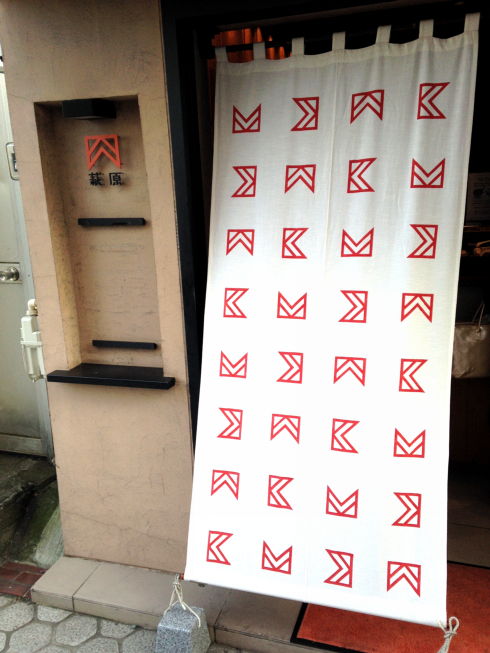Sheepsfoot
After reading Victor Mair's post about the Year of the Ovicaprid, naturally the first thing I did was check to see if shoats, in the form of the character 羊, appear in the Man'yōshū. It turns out they do — sort of, in an oblique way.
They appear in two poems, #1857 and #3788. They look like this (via the Oxford Corpus of Old Japanese):
毎年 梅者開友 空蝉之 世人君羊蹄 春無有来
tosi no pa ni/ ume pa sakedomo/ utusemi no/ yo no pito kimi si/ paru nakarikyeri
"Every year, the plum trees blossom, but as a person in this hollow world, for you there is no spring."
(Many editors prefer to revise kimi to ware, giving the final line "...for me there is no spring.")
無耳之 池羊蹄恨之 吾妹兒之 來乍潜者 水波將涸
miminasi no/ ike si uramyesi/ wagimokwo ga/ kitutu kadukaba/ midu pa karenamu
"How detestable the lake at Mount Miminashi is. When my beloved came and sank into it, better the water had dried up."
(This is one of a set of three poems allegedly composed by three brothers distraught with grief after their competitive courting of the same woman ended with her throwing herself into a lake.)
In both case, we have not just 羊 but actually 羊蹄, literally "shoat's hoof," and in both cases it represents a single one-mora word, the (somewhat poorly understood, as far as I can see) emphatic particle /si/. Why? Because the plant known in Chinese as 羊蹄 — Rumex japonicus, apparently — was called, in Old Japanese, sinone, presumably literally something like "si root."
I'm honestly not sure whether to call this shakkun 借訓 ("borrowed readings", using kanji for sound alone) or gisho 戯書 ("playful writing", using kanji in a rebus-like or otherwise whimsical fashion). It is interesting that both instances of this usage are in very dark contexts, but I can't find any reference to this plant having ominous or depressing connotations so it's probably just a coincidence.
![[No-sword]](http://no-sword.jp/images/site/no-sword_banner.jpg)




